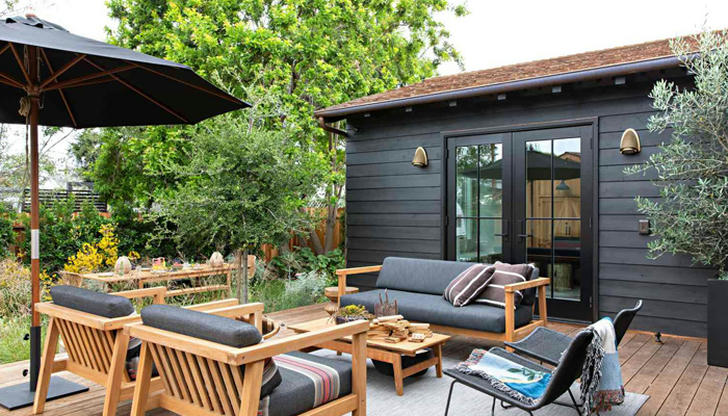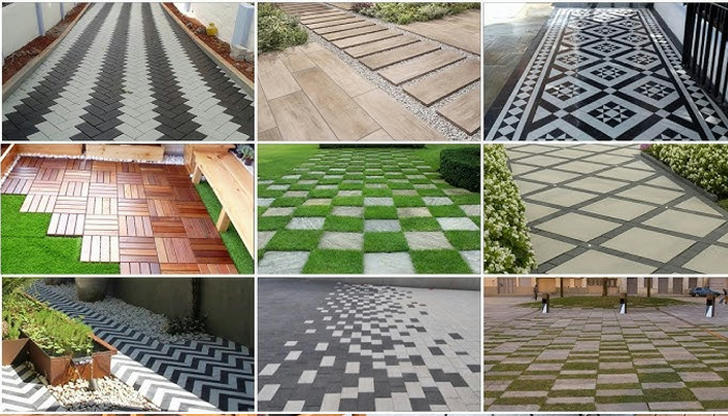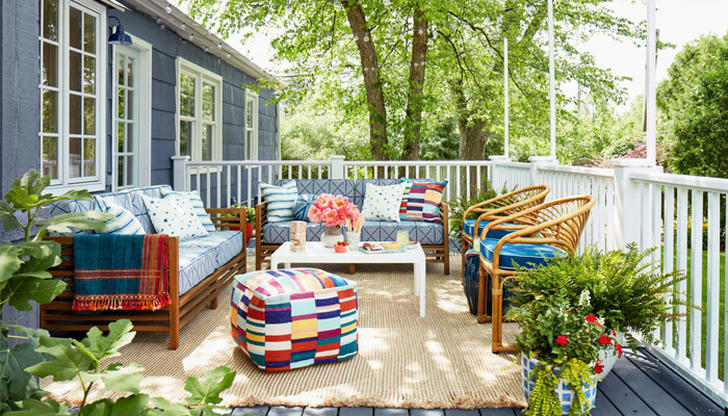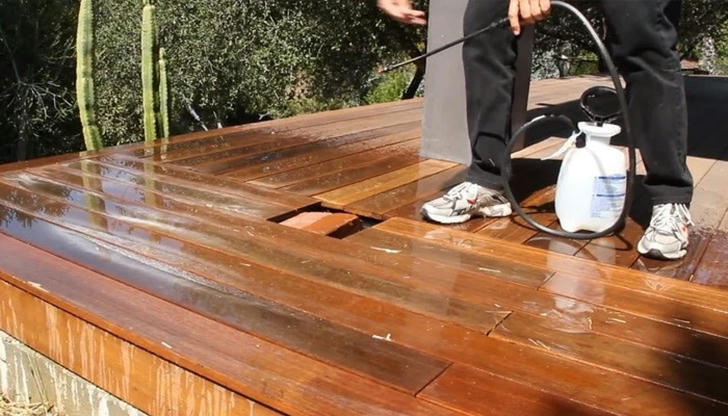Extending Your Outdoor Living Space: Ideas for Creating a Functional and Enjoyable Patio or Deck

Creating an outdoor living space extends your home’s functionality while providing a comfortable area to relax, entertain, and enjoy nature. A well-designed patio or deck can increase property value, improve curb appeal, and serve as a versatile space for various activities. According to a 2023 National Association of Realtors (NAR) report, homeowners can recoup 65%-75% of the cost of a new deck in home resale value.
This guide will help you plan, design, and maintain a functional and enjoyable outdoor living space with practical solutions for different climates, budgets, and styles.
1. Planning Your Outdoor Living Space
A. Assessing Your Space and Needs
Before designing your outdoor area, consider:
Space availability: Measure your backyard, balcony, or rooftop.
Primary use: Will it be for dining, relaxation, gardening, or entertaining?
Budget: Costs range widely; a simple patio starts at $1,500, while an elaborate deck may cost $10,000+
Climate considerations: If your region experiences harsh winters or extreme heat, you may need weatherproof materials and enclosures.
B. Choosing Between a Patio and a Deck
| Feature | Patio | Deck |
|---|---|---|
| Material | Concrete, stone, pavers | Wood, composite, PVC |
| Cost | Lower ($1,500–$5,000) | Higher ($4,000–$15,000) |
| Durability | Long-lasting, minimal upkeep | Requires sealing, maintenance |
| Best for | Ground-level homes | Uneven terrain, scenic views |
Patios are great for low-maintenance, long-lasting solutions.
Decks work well for elevated spaces or homes with a scenic backyard.
2. Design Elements for Comfort and Functionality
A. Flooring and Materials Selection

Choosing the right material affects maintenance, durability, and aesthetic appeal.
Patio flooring:
Concrete – Cost-effective, durable, but may crack over time.
Pavers (brick, stone, tile) – Stylish, requires weed control.
Gravel – Budget-friendly but needs regular raking.
Deck materials:
Natural wood (redwood, cedar) – Classic, requires sealing every 2-3 years.
Composite decking (Trex, TimberTech) – Low maintenance, lasts 25+ years.
B. Creating Zones for Different Activities
A well-designed outdoor space includes multiple functional areas:
Dining area: Table, chairs, and an outdoor kitchen or grill.
Lounge area: Sofas, fire pits, hammocks.
Entertainment space: Projector screen, sound system.
C. Weather Protection and Shade Solutions
Protection from sun, wind, and rain extends the usability of your outdoor space:
Pergolas or Gazebos: Offer partial shade and an elegant touch.
Retractable Awnings: Provide adjustable sun protection.
Outdoor Curtains or Wind Screens: Help with privacy and wind control.
D. Lighting for Ambiance and Safety
Outdoor lighting enhances safety and atmosphere:
Pathway lights: Prevent trips and falls.
String lights or lanterns: Create a cozy atmosphere.
Motion-sensor security lights: Improve nighttime visibility.
3. Adding Greenery and Natural Elements

A. Choosing Plants for Your Outdoor Space
Select plants based on your local climate:
Low-maintenance plants: Lavender, succulents, ferns.
Privacy plants: Bamboo, hedges, tall grasses.
Vertical gardens: Space-saving for small patios.
B. Incorporating Water Features
Adding water elements creates a relaxing ambiance:
Small fountains: Affordable and easy to install.
Ponds with fish: Requires more maintenance but adds beauty.
Wall-mounted water features: Ideal for compact spaces.
C. Eco-Friendly Solutions
Permeable pavers: Reduce runoff and support groundwater.
Reclaimed wood decking: Sustainable alternative to new lumber.
Rainwater collection barrels: Irrigate your plants efficiently.
4. Maximizing Year-Round Usability
A. Heating and Cooling Solutions
Keep your space comfortable in all seasons:
Fire pits or chimineas: Provide warmth in colder months.
Outdoor heaters: Infrared or propane models extend usability.
Ceiling fans or misting systems: Keep patios cool in summer.
B. Enclosure Options for Extended Use
Retractable screens: Block bugs and wind.
Glass enclosures: Turn a deck into a 3-season or 4-season room.
Transparent PVC panels: Provide wind and rain protection.
5. Maintenance and Upkeep
A. Wood Deck Care

Clean annually with mild soap and a soft brush.
Apply sealant every 2-3 years to prevent moisture damage.
Inspect for loose boards or nails.
B. Patio Care
Remove weeds between pavers and reseal concrete every few years.
Power wash stone surfaces as needed.
Use furniture covers to protect from rain and sun.
C. Furniture and Fabric Protection
Weather-resistant materials (teak, aluminum, resin wicker) last longer.
Store cushions indoors during winter to prevent mold.
6. Conclusion
Extending your outdoor living space enhances both lifestyle and property value. Whether you build a patio or deck, consider functionality, comfort, and year-round usability. With the right materials, layout, and maintenance, you can create a durable, stylish, and inviting outdoor area.
📌 Key Takeaways:
✔️ Define your space and primary use.
✔️ Choose durable materials suited to your climate.
✔️ Add shading, lighting, and heating for comfort.
✔️ Incorporate plants and water features for ambiance.
✔️ Regular maintenance ensures long-lasting beauty and functionality.
By investing in a well-planned patio or deck, you can enjoy an outdoor retreat that seamlessly blends comfort, aesthetics, and practicality.
